Leaders, stop talking so much. Here’s why it’s hurting your team
In the past week, I had “conversations” with two leaders who talked too much. They were good people with interesting stories to share. But they went on for far too long while I just sat and listened. Characteristically, they asked few questions and, when they did, didn’t seem to be interested in my responses. These two leaders were engaged but seemingly not curious or fully present. These encounters crystallized something I’ve observed repeatedly in my decades of executive coaching: A damaging leadership blind spot is the simple inability to stop talking. I call this a “leadership trap” because it ensnares otherwise effective executives in a paradox: The same verbal fluency that may have helped them rise through organizational ranks becomes a liability once they arrive in positions of authority. What got them noticed now gets in their way. The drivers of excessive talking As I reflected on these two leaders, I realized they reflected a pattern I’ve seen many times. Contrary to what many might assume, their excessive talking wasn’t rooted in narcissism or self-absorption. Instead, it flowed from more complex motivations they likely didn’t even recognize. The first executive, a fast-moving consumer goods leader, seemed driven by an underlying insecurity. Despite his considerable achievements, his need to recount every detail of his company’s growth story suggested he was still seeking validation. His monologues were attempts to prove his worth—a verbal résumé delivered even when no one had questioned his credentials. The second leader, a newly promoted senior vice president in healthcare, displayed what I’ve come to recognize as “the silence phobia.” Whenever our conversation reached a natural pause, she would quickly fill the gap with another anecdote. This discomfort with silence is not uncommon among leaders, who often experience momentary quiet as a vacuum that must be filled. Why leaders often talk too much In my coaching practice, I’ve identified several other drivers that cause well-intentioned leaders to monopolize conversations: Some leaders talk excessively due to underdeveloped self-awareness. They genuinely don’t realize they’re dominating discussions. Without deliberate attention to their communication patterns, these leaders never notice the subtle signs of disengagement around them—the avoided eye contact, the phones checked under the table, the contributions that gradually diminish. Others feel intense pressure to appear intelligent and in control, especially those promoted based on technical prowess rather than leadership ability. They may dive into excessive detail, not realizing that their desire to impress often achieves the opposite effect, frustrating employees who prefer clear, concise direction. The organizational cost When leaders don’t create space for others’ voices, organizations pay a steep price—often without realizing the source of their struggles. Both leaders I met last week lead sizable teams. I couldn’t help wondering how their communication styles were affecting their organizations. Were team members experiencing the same one-sided conversations? Were valuable insights going unshared because there was simply no space to offer them? This pattern creates what I think of as “conversational quicksand.” The more leaders talk, the less others contribute. The less others contribute, the more leaders feel compelled to fill the silence. Each interaction reinforces the dynamic, gradually pulling teams deeper into passivity. The business consequences extend beyond frustrating meetings. When employee engagement diminishes, team members feel their input is neither valued nor necessary. Innovation suffers as people become less inclined to voice their opinions, knowing they’ll struggle to find space in the conversation. Perhaps most damaging, leaders who talk too much paradoxically undermine their own influence. When someone speaks at length, their key messages get lost in the verbal deluge —important signals drowning in noise. Team members start tuning out, missing crucial information as they struggle to maintain focus through lengthy monologues. In exit interviews, feeling “not listened to” consistently ranks among the top reasons talented people leave organizations. The efficiency of team operations also suffers, with long-winded explanations making meetings feel like endurance exercises rather than productive gatherings. Breaking the pattern One of the most difficult challenges in helping verbose leaders change their approach is that many don’t recognize the problem. The first step toward change is typically a wake-up call—objective feedback that makes the pattern impossible to ignore. A structured 360-degree feedback process often provides this necessary reality check. One leader I worked with was genuinely shocked when his feedback revealed that team members felt “steamrolled” in meetings. For leaders ready to address th

In the past week, I had “conversations” with two leaders who talked too much. They were good people with interesting stories to share. But they went on for far too long while I just sat and listened. Characteristically, they asked few questions and, when they did, didn’t seem to be interested in my responses. These two leaders were engaged but seemingly not curious or fully present.
These encounters crystallized something I’ve observed repeatedly in my decades of executive coaching: A damaging leadership blind spot is the simple inability to stop talking.
I call this a “leadership trap” because it ensnares otherwise effective executives in a paradox: The same verbal fluency that may have helped them rise through organizational ranks becomes a liability once they arrive in positions of authority. What got them noticed now gets in their way.
The drivers of excessive talking
As I reflected on these two leaders, I realized they reflected a pattern I’ve seen many times. Contrary to what many might assume, their excessive talking wasn’t rooted in narcissism or self-absorption. Instead, it flowed from more complex motivations they likely didn’t even recognize.
The first executive, a fast-moving consumer goods leader, seemed driven by an underlying insecurity. Despite his considerable achievements, his need to recount every detail of his company’s growth story suggested he was still seeking validation. His monologues were attempts to prove his worth—a verbal résumé delivered even when no one had questioned his credentials.
The second leader, a newly promoted senior vice president in healthcare, displayed what I’ve come to recognize as “the silence phobia.” Whenever our conversation reached a natural pause, she would quickly fill the gap with another anecdote. This discomfort with silence is not uncommon among leaders, who often experience momentary quiet as a vacuum that must be filled.
Why leaders often talk too much
In my coaching practice, I’ve identified several other drivers that cause well-intentioned leaders to monopolize conversations:
Some leaders talk excessively due to underdeveloped self-awareness. They genuinely don’t realize they’re dominating discussions. Without deliberate attention to their communication patterns, these leaders never notice the subtle signs of disengagement around them—the avoided eye contact, the phones checked under the table, the contributions that gradually diminish.
Others feel intense pressure to appear intelligent and in control, especially those promoted based on technical prowess rather than leadership ability. They may dive into excessive detail, not realizing that their desire to impress often achieves the opposite effect, frustrating employees who prefer clear, concise direction.
The organizational cost
When leaders don’t create space for others’ voices, organizations pay a steep price—often without realizing the source of their struggles.
Both leaders I met last week lead sizable teams. I couldn’t help wondering how their communication styles were affecting their organizations. Were team members experiencing the same one-sided conversations? Were valuable insights going unshared because there was simply no space to offer them?
This pattern creates what I think of as “conversational quicksand.” The more leaders talk, the less others contribute. The less others contribute, the more leaders feel compelled to fill the silence. Each interaction reinforces the dynamic, gradually pulling teams deeper into passivity.
The business consequences extend beyond frustrating meetings. When employee engagement diminishes, team members feel their input is neither valued nor necessary. Innovation suffers as people become less inclined to voice their opinions, knowing they’ll struggle to find space in the conversation.
Perhaps most damaging, leaders who talk too much paradoxically undermine their own influence. When someone speaks at length, their key messages get lost in the verbal deluge —important signals drowning in noise. Team members start tuning out, missing crucial information as they struggle to maintain focus through lengthy monologues.
In exit interviews, feeling “not listened to” consistently ranks among the top reasons talented people leave organizations. The efficiency of team operations also suffers, with long-winded explanations making meetings feel like endurance exercises rather than productive gatherings.
Breaking the pattern
One of the most difficult challenges in helping verbose leaders change their approach is that many don’t recognize the problem. The first step toward change is typically a wake-up call—objective feedback that makes the pattern impossible to ignore.
A structured 360-degree feedback process often provides this necessary reality check. One leader I worked with was genuinely shocked when his feedback revealed that team members felt “steamrolled” in meetings.
For leaders ready to address this challenge, I recommend a simple but powerful practice: the “talk time” journal. After each significant meeting, they estimate the percentage of time they spent talking. One executive I coached was stunned to discover he was talking 70–80% of the time in meetings explicitly called to get input from his team.
The “WAIT principle”—asking oneself “Why Am I Talking?” before continuing to speak—offers another practical checkpoint. This simple internal question helps leaders assess whether their contribution adds value or merely takes up space.
Today’s technology offers additional support. AI-driven meeting analytics tools can monitor speaking patterns, providing objective data on who speaks and for how long—a communication fitness tracker where numbers tell the truth when perception might not.
Many leaders benefit from enlisting a “communication buddy”—someone they trust to provide honest feedback with subtle real-time cues during meetings when the leader begins to dominate.
Perhaps the most powerful technique is practicing strategic silence. By consciously pausing after asking questions and resisting the urge to fill quiet moments, leaders create space for reflection and encourage more thoughtful contributions from others.
An increase in influence
After my encounters last week, I reflected on a leader I’d coached several years ago. He had initially displayed the same pattern of dominating conversations but had committed to changing his approach. After six months of deliberate practice, he had reduced his talking time from approximately 60% to 30% of team meetings.
The results were transformative—not just more engaged employees but also better decisions, faster execution, and ultimately stronger business results. “I used to think leadership was about having all the answers,” he told me. “Now I understand it’s about asking the right questions.”
This paradoxical result—increased influence through decreased talking—emerges consistently in my work with leaders. When they create space for others’ voices, they not only access more diverse thinking but also elevate the significance of their own contributions.
The goal isn’t to make leaders talk less just for the sake of it. Instead, it’s about helping them become more effective communicators who create environments where every voice contributes to success. When leaders master this balance, their influence increases even as their word count decreases.
As I left my meetings with those two leaders last week, I wished I could offer them this insight: Your greatest impact as a leader often comes not from what you say, but from what you enable others to say. Leadership communication isn’t about holding the floor—it’s about creating the conditions for collective intelligence to flourish.
The next time you find yourself dominating a discussion, ask yourself: Am I talking because it’s necessary, or simply because I can? Your leadership effectiveness may depend on your answer.




























































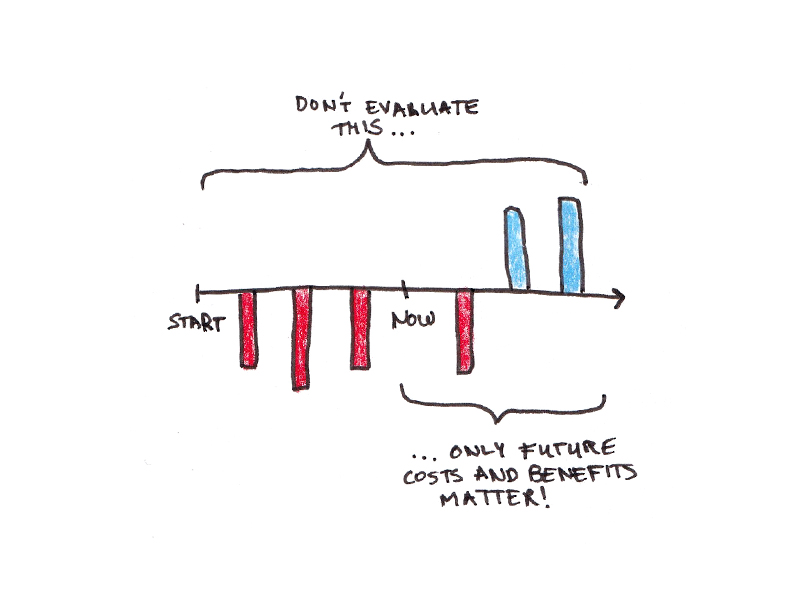
















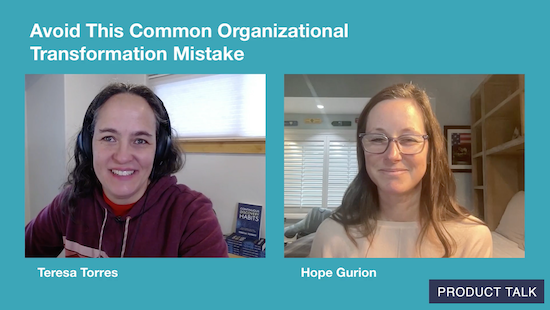
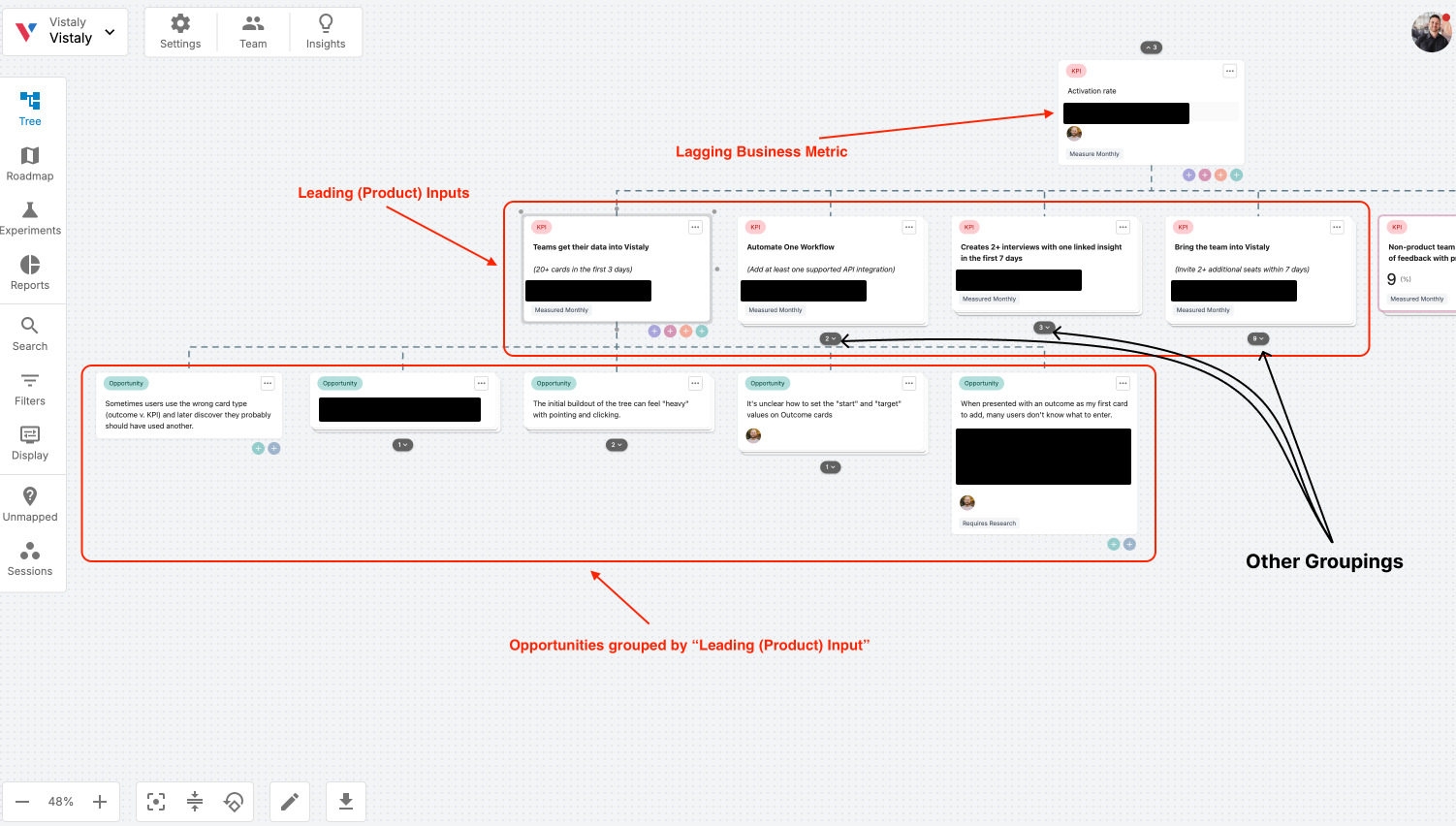
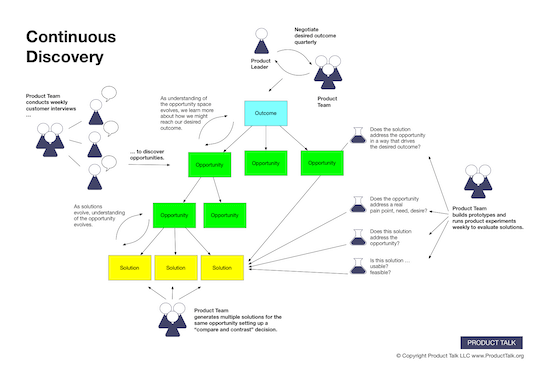














![Building A Digital PR Strategy: 10 Essential Steps for Beginners [With Examples]](https://buzzsumo.com/wp-content/uploads/2023/09/Building-A-Digital-PR-Strategy-10-Essential-Steps-for-Beginners-With-Examples-bblog-masthead.jpg)


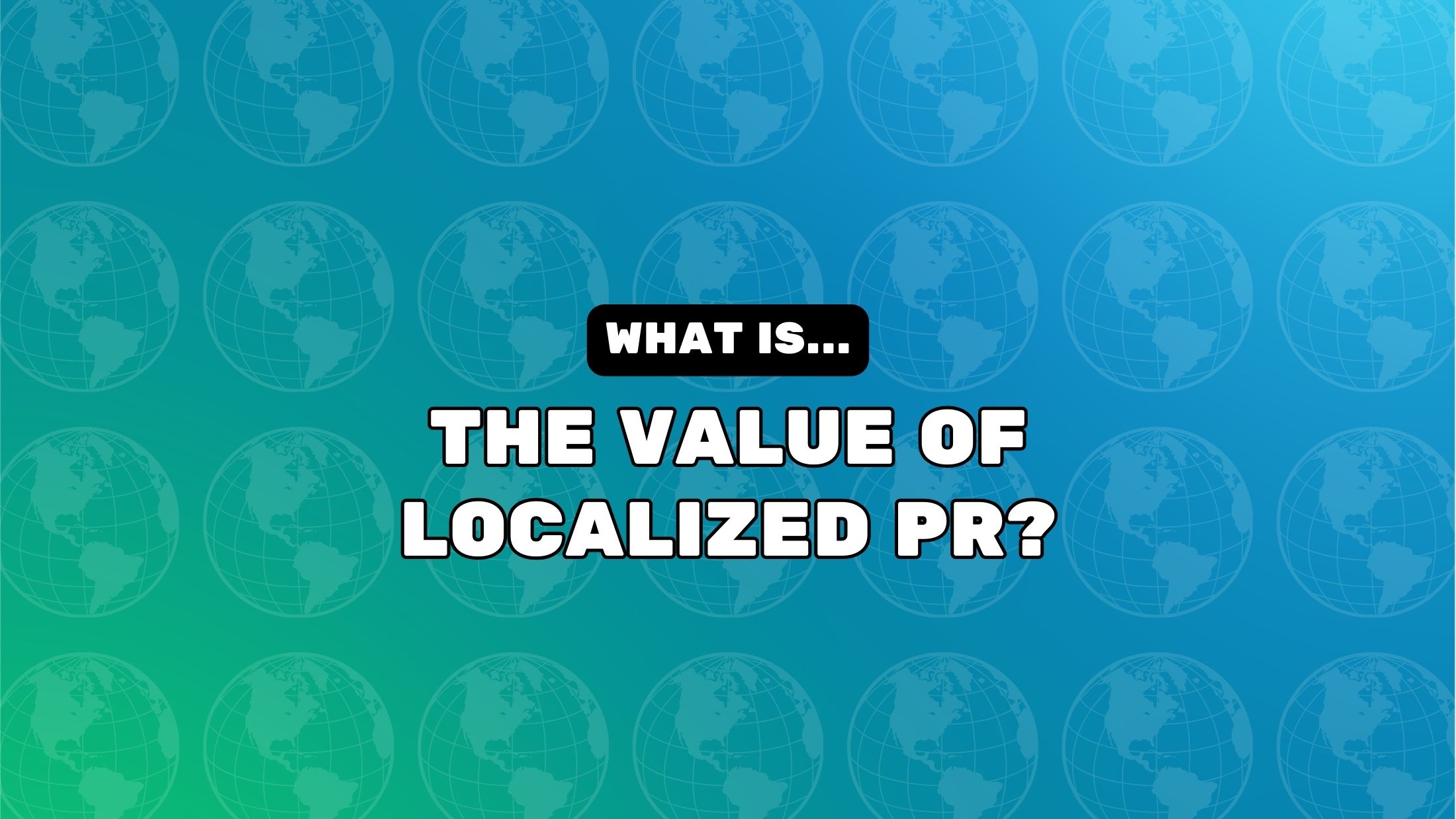
![How One Brand Solved the Marketing Attribution Puzzle [Video]](https://contentmarketinginstitute.com/wp-content/uploads/2025/03/marketing-attribution-model-600x338.png?#)





![How to Use GA4 to Track Social Media Traffic: 6 Questions, Answers and Insights [VIDEO]](https://www.orbitmedia.com/wp-content/uploads/2023/06/ab-testing.png)









![[Hybrid] Graphic Designer in Malaysia](https://a5.behance.net/920d3ca46151f30e69b60159b53d15e34fb20338/img/site/generic-share.png)






















